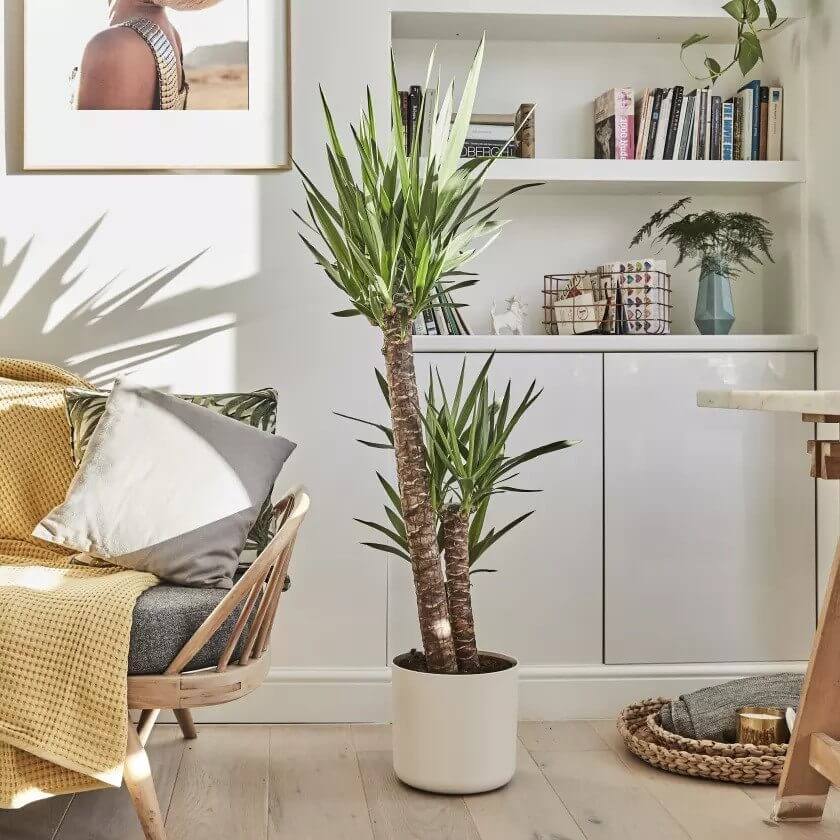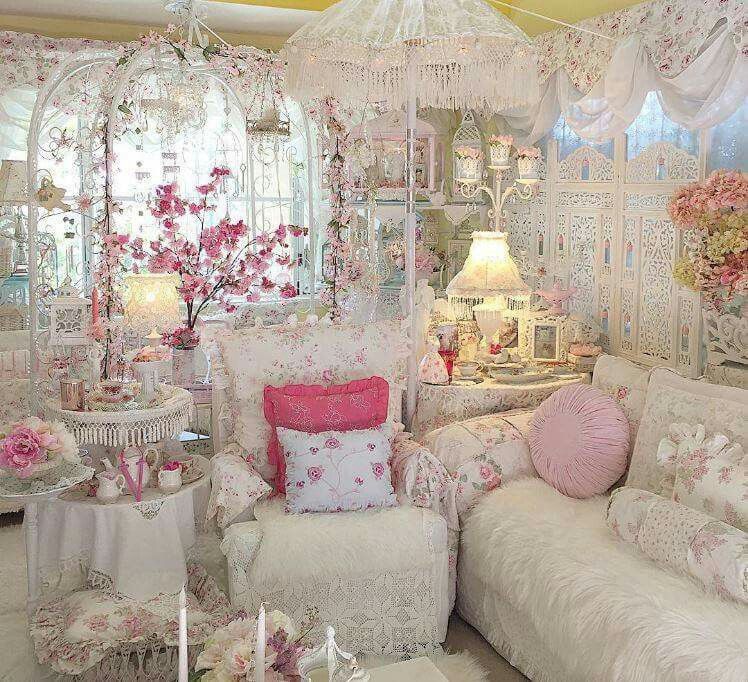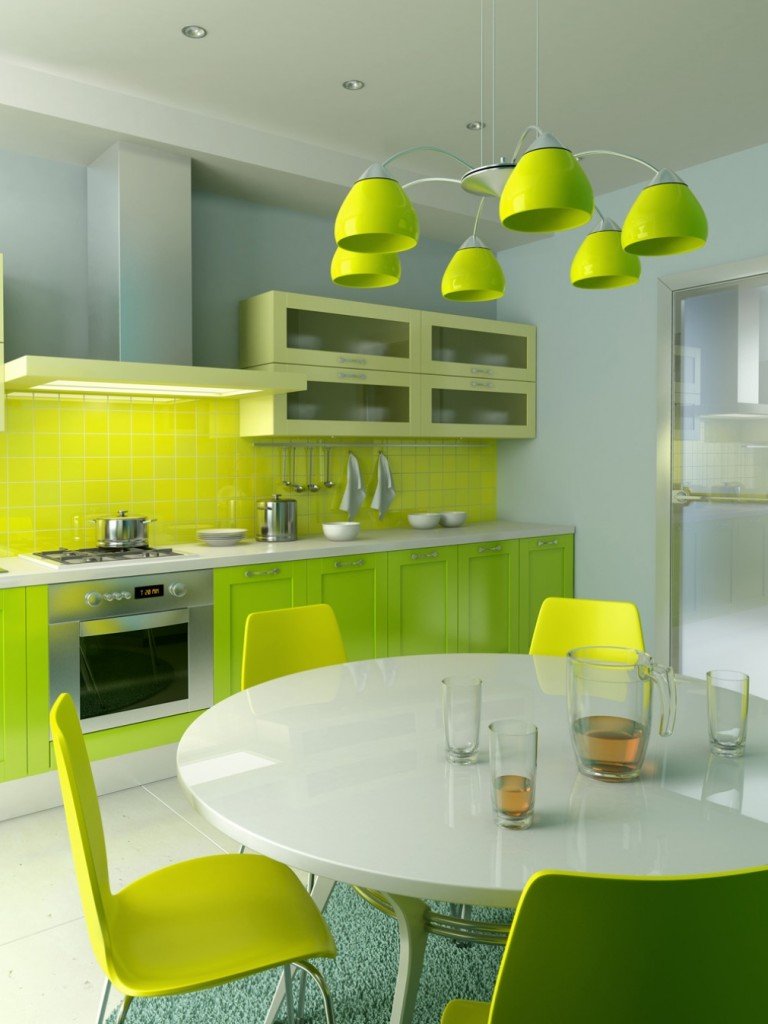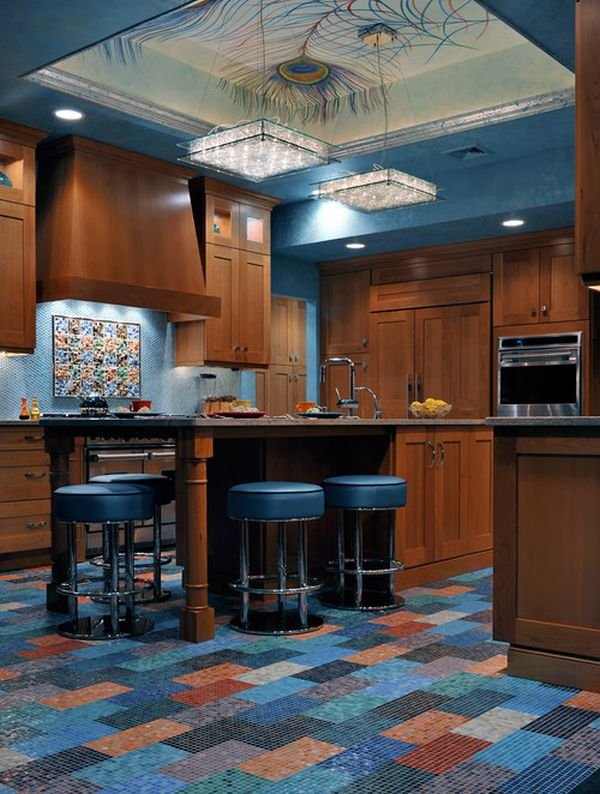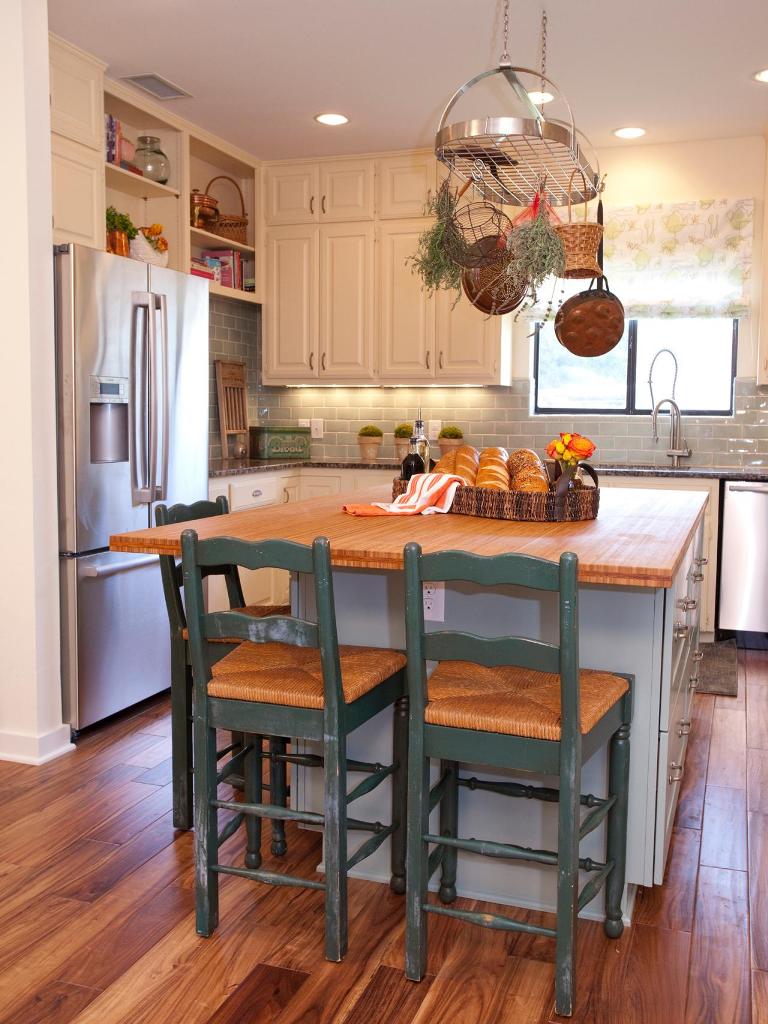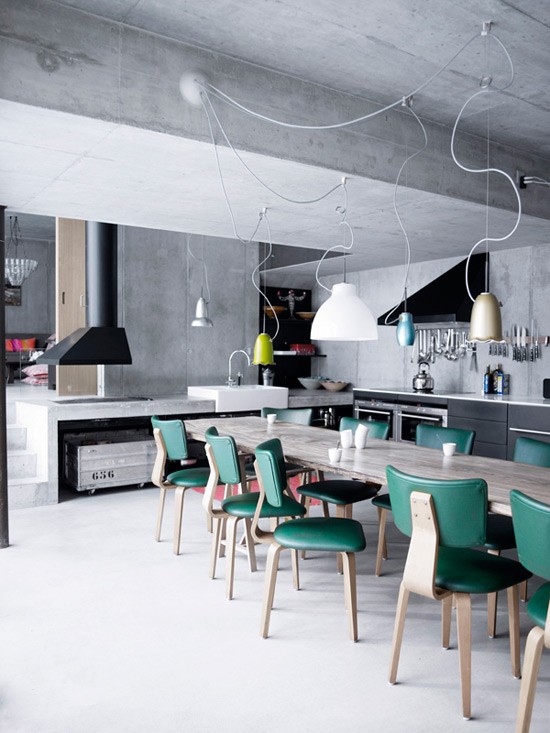Unattractive areas will look dull and dull, so one way to elevate your interior space is to add a little element of lush greenery in your home!
Whether you have a green thumb or simply appreciate plants for their aesthetic, it’s true that including house plants as part of your interior décor is an effective way of beautifying your home.

Additionally, plants have been found to be extremely beneficial for your overall health and well-being as they’re able to provide a calming environment that aids in reducing stress and improving blood pressure.
In some cases, certain species have also been proven to purify the air, as shown in NASA’s Clean Air Study which looked at the common types that could remove pollutants from your surroundings!
When choosing plants for your place, it’s important to consider not just your preferences, but the plants’ physiological requirements – the amount of sunlight, shade, and humidity needed.
Due to these necessities, some indoor plants are more suited for certain areas of your house than others or require more/less upkeep.
It’s best to place them in the parts of your abode that will provide them the proper amounts of natural nourishment.
Here, we’ve rounded up a list of suitable indoor plants that can be found in Malaysia for different rooms in your home.
Best Indoor Plants for Living and Dining Areas:
1) Pandan
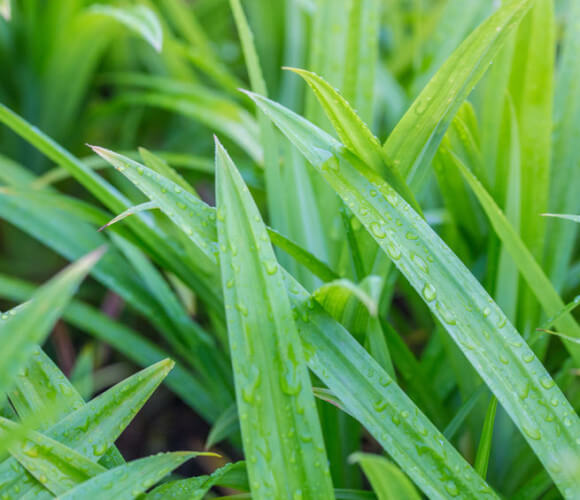
The pandan plant’s trademark sweet scent, along with its insecticidal properties, makes it a popular herb among Malaysians.
To allow this fragrant shrub to realise its full potential (if well-nurtured, they can grow to dizzying heights of up to 20 feet!), it’s best to place yours in a spot with plenty of access to filtered sunshine and fresh air.
Indoors, the pandan plant would thrive in an open-concept house with large windows and wide corridors that promote cross-ventilation.
A tall pandan plant situated next to a plush sofa would exude majesty, especially if the surrounding interior décor is done up in a traditional style.
2) Mother-in-law’s Tongue
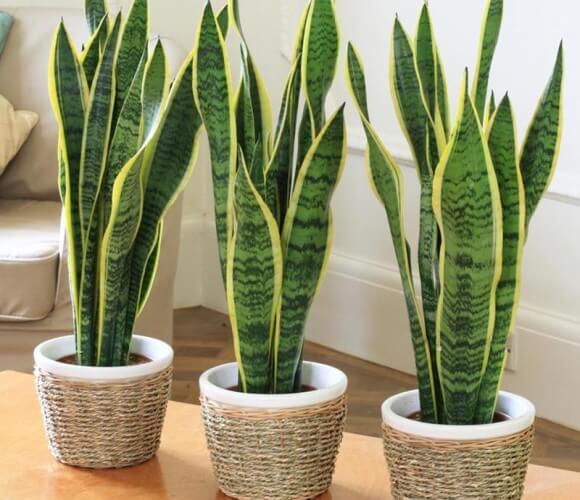
Also known as ‘the snake plant’, the mother-in-law’s tongue is immensely visually striking – a bundle of sturdy spikes covered with a sea of yellow, green, and greyish patterns.
These hardy shrubs require minimal care – watering them on a weekly basis should suffice. Mother-in-law’s tongue would look (and work) best when featured as a centrepiece in the living or dining area.
To ensure a strong visual impact, arrange the plant in an ornate pot on a central table. If you don’t want the plants to overpower the rest of your beautiful home interior design, you could accessorise with smaller ornaments, such as glass vases or jars.
There are multiple benefits to have a snake plant adorn your house – they absorb various air toxins, pollutants and odours, and improve overall air quality.
3) Rubber Plant (Ficus Elastica)
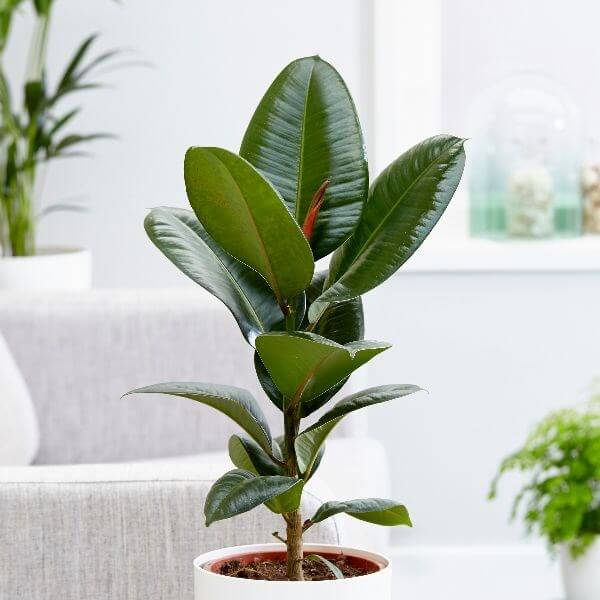
With moist soil and plenty of bright, indirect sunlight, this plant would already have all it needs to grow properly. And grow, it will!
Did you know: Out in the wild, it can sometimes reach a height of 100 feet? Thankfully, the ones you buy from shops are a much more manageable height, growing from 1 ft to over 8 ft tall.
With attractive foliage that’s large and shiny, they’d look great in large minimalistic pots, and ample vertical space for them to fill up all those sad, empty corners.
Though happiest in bright, indirect sunlight, this plant is one of the toughest indoor types, and only needs watering once a week (or when the top 2 inches of soil are dried out).
Best Indoor Plants for Bedrooms:
4) Money Plant (Pothos)
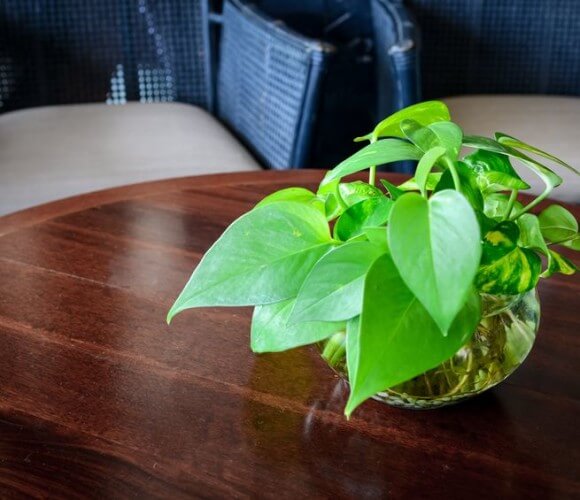
Believed to be a lucky plant by many, the money plant is an easy indoor shrub to grow and cultivate, especially if you don’t know much about gardening or aren’t blessed with a green thumb.
The money plant can flourish anywhere, whether you put it in a soil pot or a jug of water. Sometimes called ‘devil’s ivy’ because of its resilience, allow the money plant access to indirect sunlight, and water every few days.
If your house has a neat or minimalist visual, you can make the money plant the focus by featuring it as a wall hanging in your bedroom.
If you’re concerned about the plant taking up excess space, you can position it in a pot on or near a shelf for a cleaner effect.
5) Peace Lilies
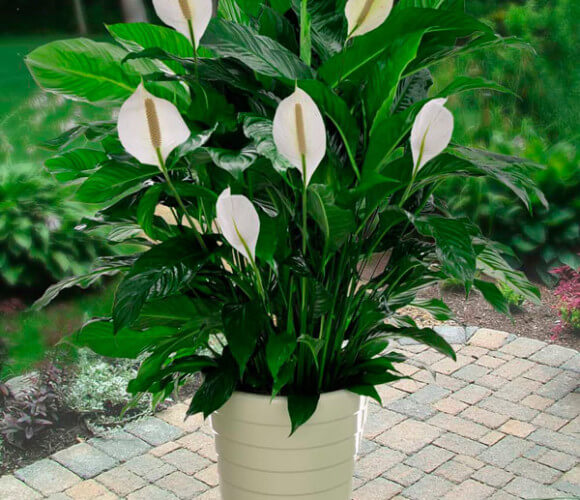
Durable and beautiful, the peace lily is prized for its air-purifying abilities. These perennial indoor plants bloom only in filtered or limited sunlight, and are best placed in decorative pots in your bedroom.
Not only would you be able to sleep better, you’d also be breathing in fresher air. If your bedroom is styled in a minimal or industrial fashion, the soft aesthetic of the peace lily flower will be a welcome contrast.
6) Monstera Deliciosa
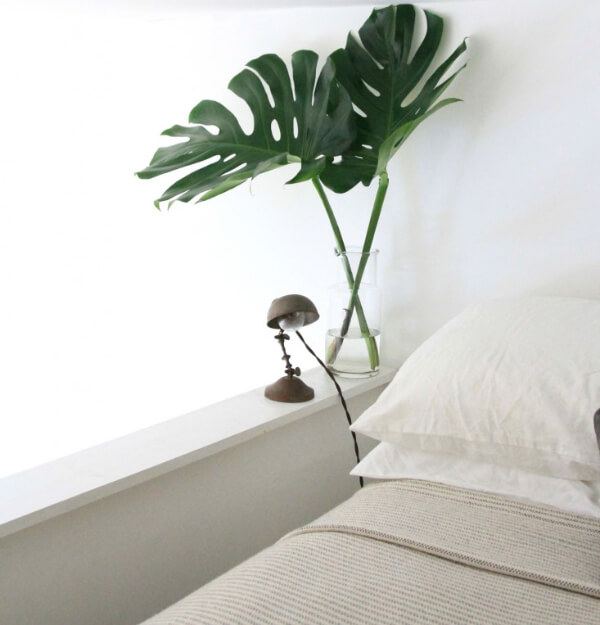
While the name may sound a bit odd to some people at first, this plant is anything but monsterous. This hardy and easy-to-care for plant actually possesses leaves that have unique perforations and holes “punched” through them.
As they’ve been known to grow to a gigantic size (think: dozens of feet high, and 2-feet wide leaves), you’d need to dedicate a corner of your room for them. If that’s not possible, just keep trimming off new growth until it’s your desired size.
Warm, humid environments work best for this plant, with plenty of gentle sunlight. They also very much prefer soil that’s consistently lightly moist (not flooded!), so before you give your plant a drink, check that the top 2 inches of soil are dry.
Best Indoor Plants for Kitchens:
7) Aloe Vera
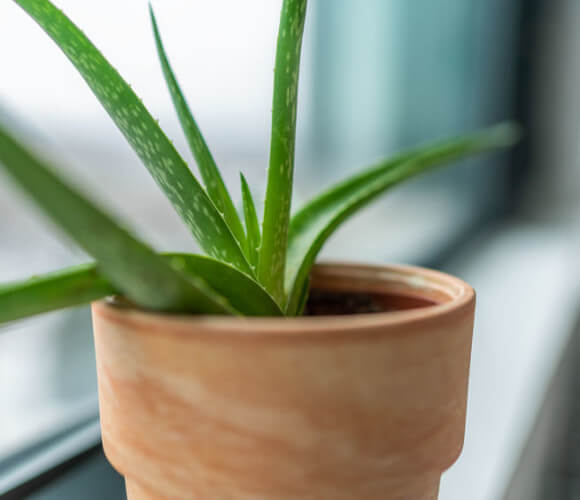
Widely touted as a ‘miracle worker’ for its gel’s healing properties, the aloe vera plant appears to resemble a cactus with its spiky body.
Its succulent leaves are chock-full of active ingredients, which can be harvested into a variety of medicinal, edible, and vanity products.
While aloe vera plants can survive with less water, they do need access to ample sunshine.
The kitchen is the recommended spot for you to keep your plants – in the event you sustain burns while cooking, you can seek relief with the cooling gel of the aloe plant.
If you have a kitchen island, potted aloe plants grouped together on the countertop would act as a strong visual hook.
Alternately, if you want your aloe plant to receive more sunshine, you can place it on or close to a window ledge.
If your plants are of a smaller variety, investing in vintage-style rope baskets and plant hangers can add a timeless feel to your kitchen.
8) Orchids
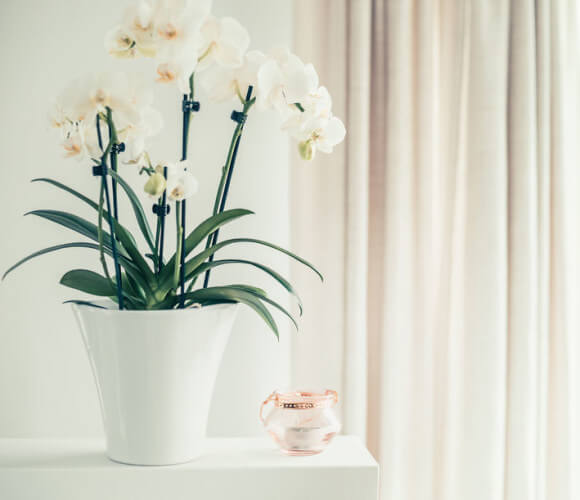
If you enjoy decorating your home with gorgeous flowers, look no further than orchids.
These flowering plants can be found easily enough in Malaysia, so you’ll be spoilt for choice when it comes to selecting the variety you want to cultivate in your home.
The orchid family is vast, so exercise caution when deciding which type of flower you want to work with, as the varietals may characteristically vary from each other.
To grow orchids indoors, you would need to expose them to moderately strong sunlight and water them regularly during hotter months.
If you have an open or semi-open kitchen with large windows for cross ventilation, put your orchid plants there.
And if your kitchen’s aesthetic leans towards monochrome, the vibrant orchid plant would add a bright pop of colour.
9) Umbrella Plant
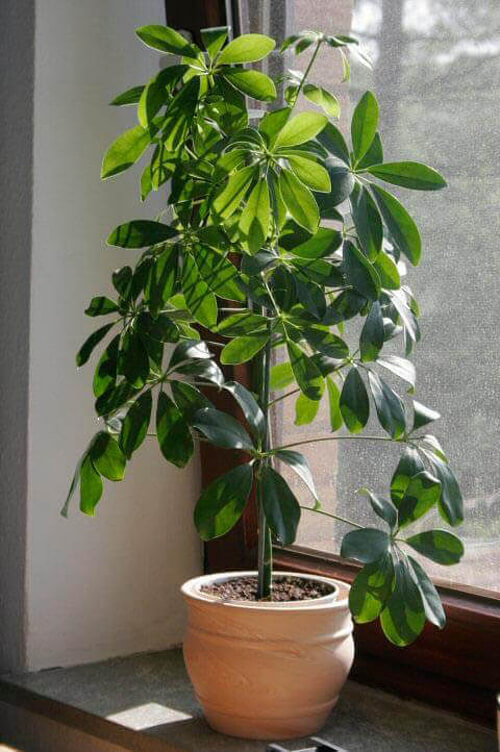
This non-showy, unassuming plant isn’t on many Pinterest boards, but they’re super easy to care for and would be happy in a sunlight-filled kitchen, where their graceful foliage can add some calm as you whip up a storm.
Given a healthy dose of sunlight, ample watering, and room to grow, this plant will fill out and take up as much space as needed (whether that’s vertically or horizontally is up to you).
Since they require very little maintenance and are more tolerant of dry soil than wetness, you’d be forgiven if you forget about it once in a while. In fact, they don’t need fertilizer at all, and yet they’re considered one of the fastest growing houseplants!
Best Indoor Plants for Bathrooms:
10) English Ivy
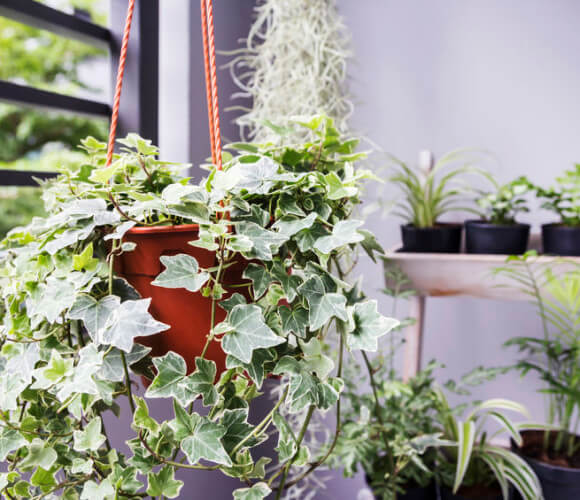
The English Ivy plant is notable for its lush, evergreen foliage. As an indoor plant, English Ivy should be put in a basket against a wall in proximity to a window, so it has access to sunlight.
The plant is highly effective in filtering out harmful airborne pollutants and odours, which makes it an excellent addition to bathrooms.
From an interior design perspective, this house plant would look picturesque hanging from a ceiling or wall, especially if it’s near the sink or bathtub.
The English Ivy lends a much-needed tropical wonderland vibe to any washroom, especially those constructed with white and grey marble or quartz.
11) Spider Plant
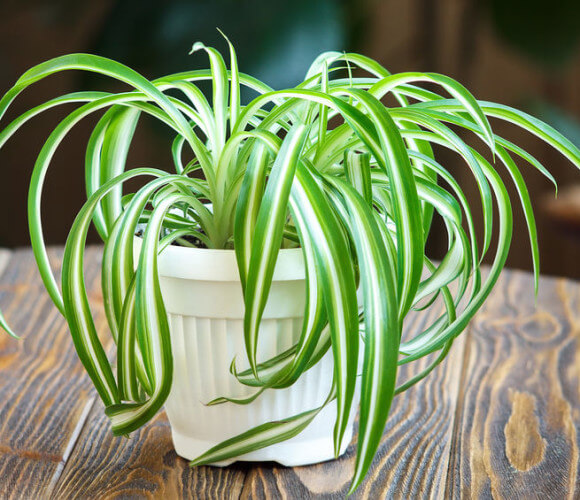
Fret not, these indoor plants have nothing to do with real-life spiders. However, the plant is named after spiders due to its long, tapering leaves which do bear a striking resemblance to the legs of a spider!
Spider plants grow well in humid spaces with restricted amounts of light, which is why it would be wise to put one in the bathroom.
Spider plants double up as natural room fresheners, so you will not need to invest in any artificial ones.
Make them a standalone feature by placing them in a pot on the bathroom window sill. If you want to mix things up, do so by incorporating them into a hanging ornament near the sink or bathtub.
Use metal pots in rose gold, gold, and silver-grey shades for an earthy, industrial feel.
12) Calathea
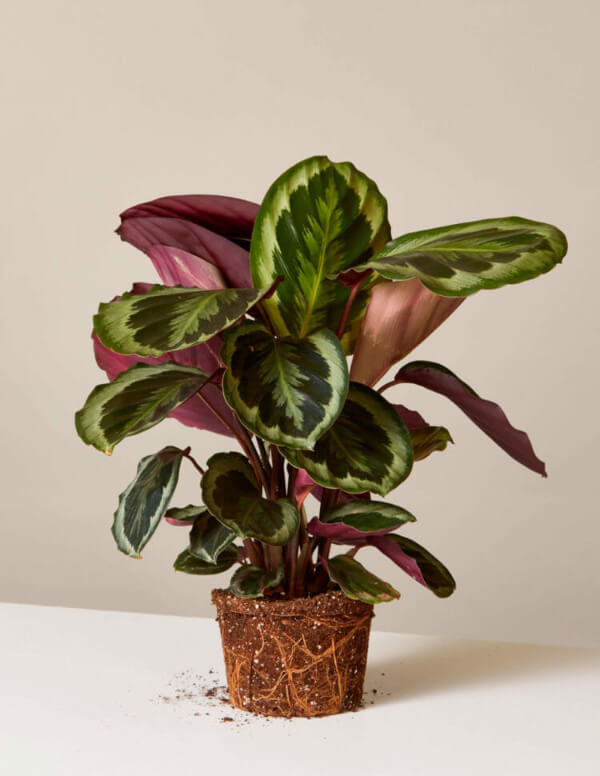
Not much sunlight and very humid environs; sounds like a difficult place to keep a plant, right? Think again, for these are the perfect conditions that the Calathea plant would require in order to flourish!
They have gorgeously striking patterns, and you can choose from varieties such as the ‘medallion’ (unique roundness of its leaves with a brilliant green pattern on top, a deep burgundy underneath) or rattlesnake (long wavy, dark green leaves with a deep purple underside).
They’re generally easy to care for, but like the rest of the plants, don’t overwater! They like to be moist all the time, so a rule of thumb: Check the soil to see if it’s drying out, then pour regular small amounts, and drain any excess liquid.
There are several varieties of house plants for you to bring home, nurture and incorporate into your interior décor. Each one brings with it unique characteristics that will go a long way in improving your home, and the quality of life you live.

